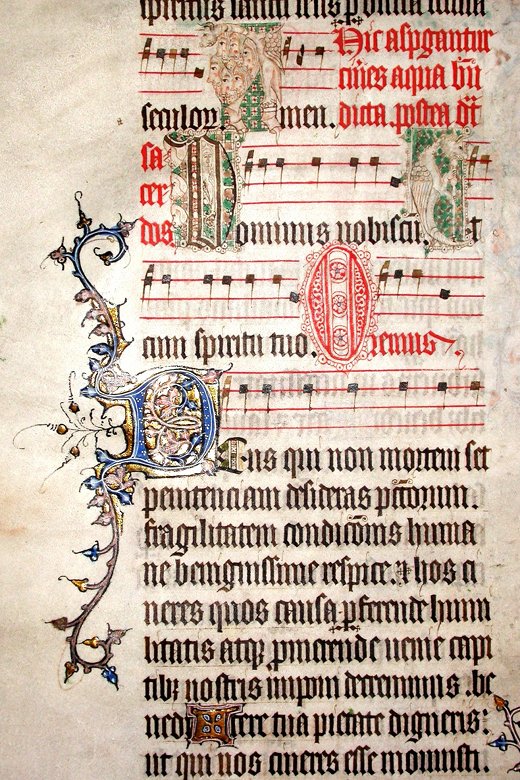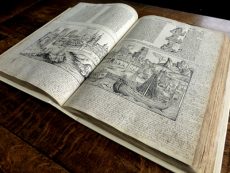- About
- Visiting
- What’s On
- Venue hire
- Catalogues
- Collections
- 101 Treasures of Chetham’s
- Digital Resources
- The Flowers of Histories
- A Book of Hours from France
- The Manchester Scrapbook
- Thomas Barritt of Manchester
- Art Treasures Examiner of 1857
- Manchester Association for Constitutional Order
- The North Western Museum of Science and Industry: Some Reminiscences by Richard Hills
- Criminal Manchester
- The Cup of Destiny
- Athenaeum Souvenir
- Middle English Manuscripts
- Manchester and Liverpool of Today
- Hollingworth’s Mancuniensis
- Memoir of Cecil Wray
- William Seward’s Diary
- The Anti-Monopolist
- Fishwick’s History of Rochdale
- Knyvett’s Defence of this Realm
- Tractatus de Nigromantia
- Axon Ballads
- Printed Books & Ephemera
- Archives & Manuscripts
- Prints and Photographs
- Blog
- Support us
Sarum Missal

The Library’s extremely fine fourteenth-century Sarum Missal was bought from William Clayton in 1712 for £1-01-6.
According to the manuscript scholar Kathleen Scott, the Chetham Missal probably originated in Westminster about 1380. A Missal contains the texts recited by the priest during the Mass. Missals are not generally highly decorated, and the abundance of illumination and coloured penwork make this one exceptional.
The Chetham manuscript has thirteen catchwords, drawn and shaded in brown and coloured in green and yellow, which depict white roses, grotesques, busts of angels, lions, swans, and the head of Christ. In addition the work has a series of tinted figures and letters, composed of profile heads with protruding tongues, winged dragons and clerics’ heads. This is a high quality work, well above the ordinary class of missal.
Moreover the presence of heraldic devices suggests that this work was made for a noble or royal chapel. Indeed the best hypothesis is that this missal was made for a royal chapel during the reign of Richard II, possibly one belonging to Thomas of Woodstock, Duke of Gloucester, or above all to Richard II himself.
In 1845 it was discovered by the Library Committee that the manuscript had been mutilated, and initials had been cut out and apparently sold. The Librarian was almost sacked, but in the end the odium fell upon his assistant, John Shelmerdine, whose wife had been identified among the booksellers of Shudehill in Manchester selling other stolen library materials.
The Missal’s binding, now succeeded by the present work of Cyril Formby, seems perhaps to have been intended to disguise the extent of the material lost.


